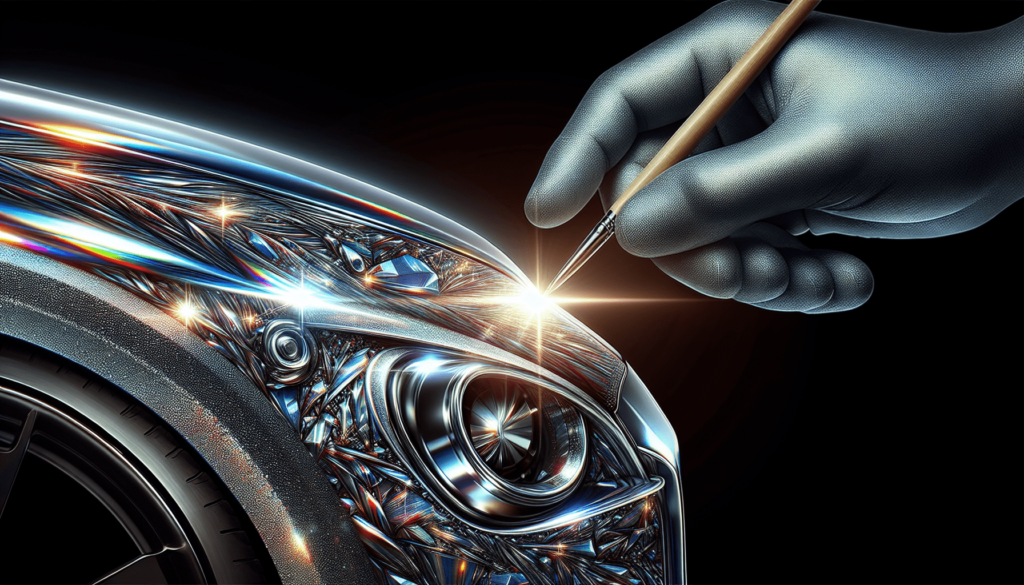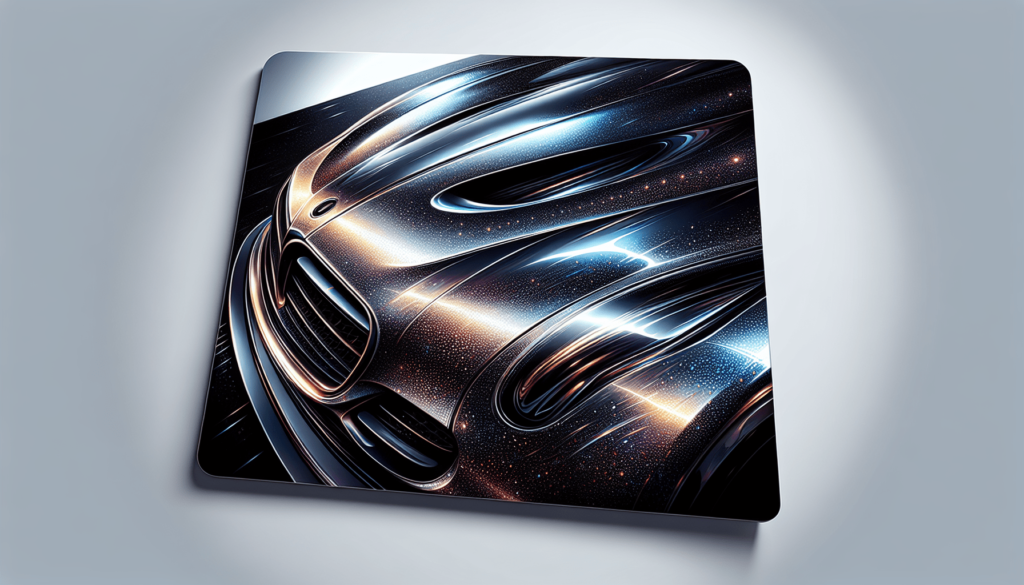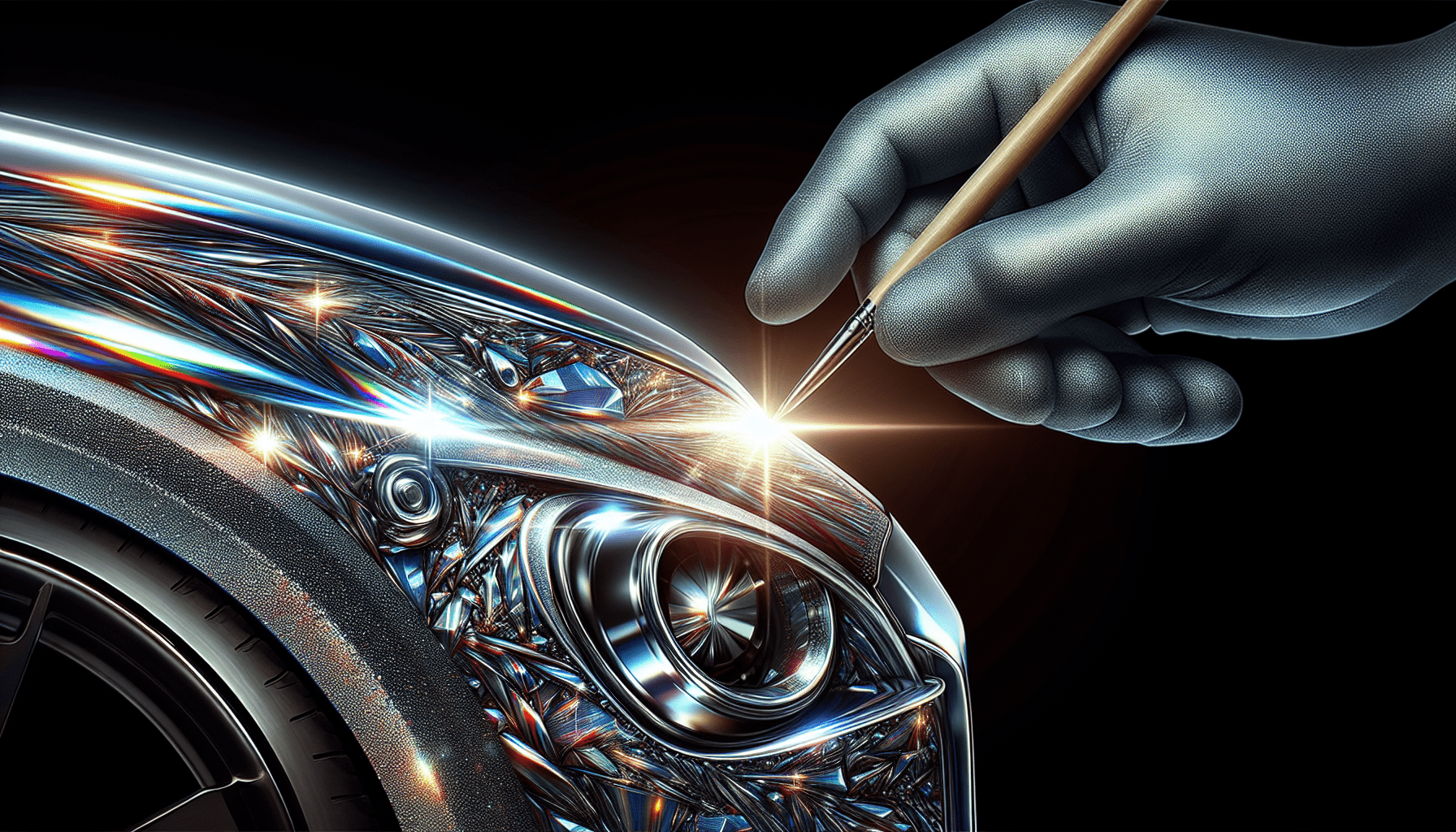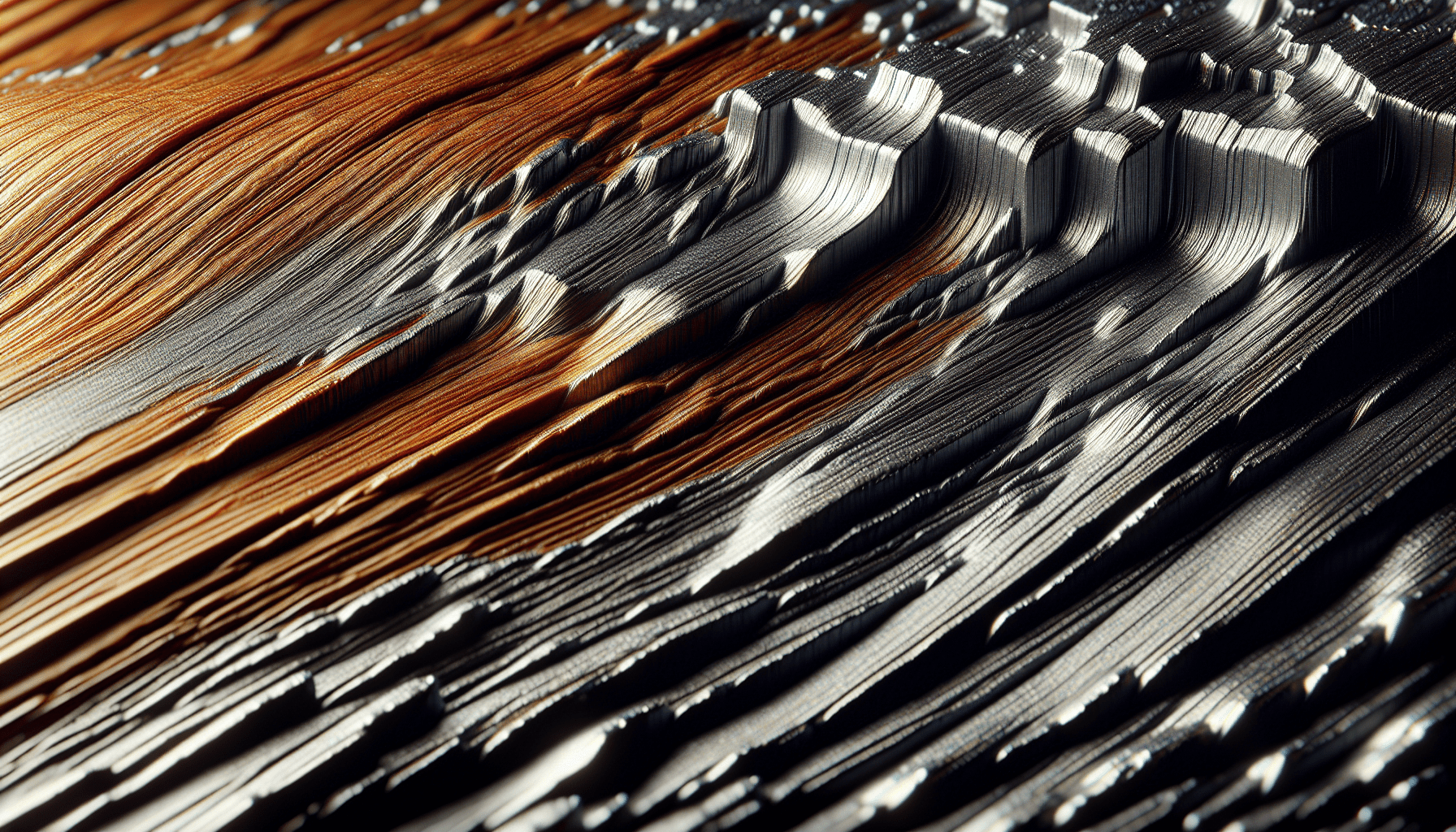Have you ever wondered what exactly metallic paint is and why it’s such a sought-after finish for vehicles, furniture, or even walls? Understanding the uniqueness of metallic paint can transform how you view your surroundings and the countless objects coated in it.

Understanding Metallic Paint
Definition
Metallic paint is a type of paint used predominantly in the automotive industry, but its application extends to interior design and artwork. What sets metallic paint apart is its composition, which includes metallic particles such as aluminum flakes or powdered metal. These particles reflect light, providing a shimmering effect that changes based on the angle of the light and the observer’s viewpoint.
Composition
The primary components of metallic paint include:
- Binder or Resin: The substance that holds all the elements of the paint together.
- Solvent: This part of the paint evaporates after application, leaving a solid film of color.
- Metallic Particles: These are usually aluminum flakes or powdered metals, which create the distinctive sparkle.
- Pigments: These provide the base color of the paint.
How It Works
When light strikes the surface of an object coated with metallic paint, it penetrates the translucent layers, hits the metallic particles, and is reflected back. This multiple-stage light reflection process creates a depth and luster that flat paints cannot achieve.
Types of Metallic Paint
There are several types of metallic paint, each suited for different applications due to variations in their formulation:
Single-Stage Metallic
This type of paint is straightforward to apply, as it involves a single coat that includes both color and metallic additives. It’s usually followed by a clear coat to enhance durability and gloss.
Two-Stage Metallic
The two-stage process requires a base coat of color followed by a second coat mixed with metallic additives. This method often produces a more striking, well-defined metallic effect but requires more skill and time to apply accurately.
Tri-Coat Metallic
In the tri-coat approach, a base coat is applied first, followed by a mid-coat containing the metallic particles. Finally, a clear coat is added for protection and shine. This method can create deeper and more unique finishes but is typically more expensive and complicated.
Applications of Metallic Paint
Automotive Industry
Metallic paint is widely used in the automotive sector for its aesthetic appeal. It adds value to vehicles by giving them a premium look. Additionally, it can help hide minor scratches and imperfections better than non-metallic paint.
Interior Design
In home decor, metallic paint can be used for accent walls, furniture, and decorative pieces to add visual interest and sophistication. The inherent sheen of the paint reflects light, which can make rooms appear brighter and more spacious.
Artwork and Crafts
Artists and crafters use metallic paint to enhance their creations with a touch of brilliance. Whether it’s a canvas painting or a DIY project, metallic paint can provide an eye-catching finish.
Advantages of Metallic Paint
Visual Appeal
The primary advantage of metallic paint is its aesthetic superiority over flat paints. The metallic finish offers a unique look that changes with light and angle, creating a more dynamic appearance.
Durability
Metallic paints are often more durable than their non-metallic counterparts. When combined with a clear coat, they offer enhanced resistance to environmental elements such as UV rays, moisture, and heat.
Concealment of Imperfections
The reflective quality of metallic paint can help to mask minor surface imperfections and scratches, making it a practical choice for high-use items.
Increased Property Value
Items and spaces treated with metallic paint often enjoy increased value due to their enhanced visual appeal and durability.

Disadvantages of Metallic Paint
Cost
Metallic paints are generally more expensive than standard paints due to the complexity of their composition and the additional layers required for application.
Application Complexity
Achieving a flawless metallic finish requires a higher level of skill and precision. Any mistakes during application can be more noticeable compared to flat paints.
Maintenance
Maintaining the pristine look of metallic paint can be harder. Touch-ups are more challenging because matching the original metallic finish is complex.
How to Apply Metallic Paint
Preparation
- Surface Cleaning: Ensure that the surface is free from dust, grease, and any contaminants.
- Priming: Apply a primer to create a uniform base for the metallic paint.
- Sanding: Lightly sand the primed surface for better paint adhesion.
Application Process
- Base Coat: Apply the base color coat evenly across the surface.
- Metallic Coat: Follow with the metallic layer, ensuring even dispersion of metallic particles.
- Clear Coat: Finally, apply a clear protective coat to seal in the metallic paint and add gloss.
Tools
The application of metallic paint often requires specialized tools to achieve a professional finish:
- Spray Guns: Essential for an even coating, especially for automotive applications.
- High-Quality Brushes and Rollers: For smaller or intricate surfaces.
- Protective Gear: To ensure safety when handling the paint and solvents.
Maintenance Tips for Metallic Paint
Regular Cleaning
Regular cleaning using a mild soap solution and a soft cloth can help maintain the lustrous finish of metallic paint. Avoid abrasive cleaners that can scratch the surface.
Protective Coatings
Periodic application of wax or sealant can protect the paint from environmental damage and maintain its shine.
Timely Repairs
Address any scratches or chips in the paint as soon as they occur to prevent further damage. Use touch-up paints that match the original metallic color as closely as possible.
Common Myths About Metallic Paint
Myth 1: Metallic Paint Is Only for Cars
While metallic paint is indeed popular in the automotive industry, its applications are diverse. It can be used in interior design, artwork, furniture making, and more.
Myth 2: Metallic Paint Is Too Expensive for Home Use
Although metallic paint is more expensive than standard paint, the increased cost can be justified by its durability and aesthetic benefits, especially in accent areas.
Myth 3: It’s Difficult to Repair Metallic Paint
While it’s true that repairing metallic paint requires skill, it’s not impossible. Many modern repair kits and touch-up solutions are designed to make the process more straightforward.
Comparison with Non-Metallic Paints
Aesthetic Qualities
| Feature | Metallic Paint | Non-Metallic Paint |
|---|---|---|
| Finish | Shiny, reflective, changes with light angles | Flat or matte |
| Depth and Luster | Higher due to metallic particles | Lower, simpler aesthetic |
| Popular Uses | Automotive, high-end furniture, accent walls | General walls, ceilings, basic furniture |
Durability and Maintenance
| Feature | Metallic Paint | Non-Metallic Paint |
|---|---|---|
| Durability | More resistant to elements with a clear coat | Varies, generally lower without additional protection |
| Maintenance | Requires specific cleaners and occasional waxing | Easier, often requires repainting |
| Scratch Concealment | Better at hiding minor imperfections | Lesser ability to conceal blemishes |
Cost and Application
| Feature | Metallic Paint | Non-Metallic Paint |
|---|---|---|
| Cost | Generally higher due to complexity | More affordable |
| Application Complexity | Requires skilled application | Easier, more forgiving to apply |
| Time Required | More time-intensive due to multiple layers | Faster, fewer layers needed |
Innovations and Trends
Environmentally Friendly Options
Advancements in paint technology have led to the development of eco-friendly metallic paints that utilize water-based solvents instead of harmful chemicals, reducing environmental impact without compromising on quality.
Custom Colors
The increasing demand for personalized items has boosted the availability of custom metallic paint colors. These custom options allow you to create unique finishes tailored to your preferences.
Smart Coatings
Innovative smart coatings that can self-heal minor scratches or change color based on temperature and light exposure are emerging. These not only offer aesthetic benefits but also enhance the longevity and functionality of metallic finishes.
Conclusion
Metallic paint offers an exceptional blend of visual appeal, durability, and versatility. While it may come with higher costs and application complexities, its transformative impact on the appearance and value of objects cannot be overlooked. Whether you’re considering it for a high-end automotive finish, an interior design project, or an artistic endeavor, understanding the full scope of metallic paint can help you make informed decisions and achieve stunning results. By staying aware of the innovations and maintenance practices, you can enjoy the benefits of metallic paint for years to come.



